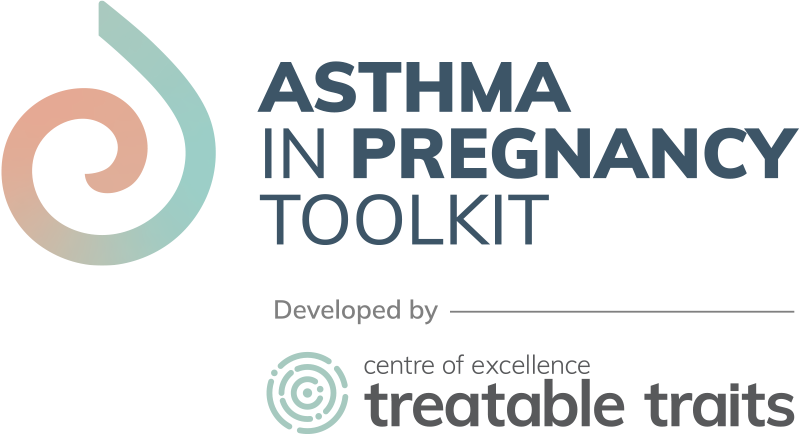
Gastro-oesophageal reflux disease (GORD) is a condition in which gastric contents flow in a retrograde direction across the gastroesophageal junction into the oesophagus causing symptoms and oesophageal inflammation. GORD is common in pregnant women as a result of the relaxation of the lower oesophageal sphincter caused by increased circulating sex hormones, particularly progesterone (Richter 2005, Marrero et al. 1992). It is estimated to occur in up to 80% of pregnancies and becomes more common and severe with increasing gestation (Bassey 1977, Marrero et al. 1992, Malfertheiner et al. 2012). Risk factors for GORD in pregnancy are increasing gestational age, pre-existing GORD prior to pregnancy, increasing parity and maternal age. Symptoms usually improve within 1-4 weeks postpartum (Marrero et al. 1992).
Symptoms
Heartburn and regurgitation are the main presenting symptoms of GORD in pregnancy (Marrero et al. 1992, Richter 2005). These symptoms are characteristically worse after meals and in the supine position, particularly when recumbent during sleep.
Pathogenesis
Studies in which oesophageal manometry was performed during pregnancy have shown the presence of a hypotonic lower oesophageal sphincter in women during pregnancy, more common in those with heartburn symptoms (Nagler & Spiro 1961). The lower oesophageal sphincter pressure was found to reduce progressively as the gestational age increased with return to normal postpartum (Nagler & Spiro 1961, Lind et al. 1968). Even in those women with a normal resting lower oesophageal sphincter pressure measured with manometry in early pregnancy, challenge with methacholine produced less increase in pressure than in non-pregnant individuals suggestive of impaired function of the sphincter (Fisher et al. 1978)
It is thought that this reduced lower oesophageal pressure, secondary to the effects of sex hormones, in combination with increased intraabdominal pressure leads to the high incidence of GORD during pregnancy (Lind et al. 1968).
Diagnosis
The diagnosis of GORD in pregnancy is a clinical one. A history of any heartburn or acid regurgitation known to have a high specificity but low sensitivity for diagnosis (Klauser et al. 1990). The presence of substernal burning after meals or in supine position has a 90% sensitivity and specificity for the diagnosis (Klauser et al. 1990). Rarely, if complications of GORD are suspected, a gastroscopy may be indicated although the procedural risk and risk of the anaesthetic must be balanced with the potential benefit in the individual woman.
GORD and Asthma
GORD is estimated to effect 39-89% of women with asthma (Harding & Richter 1997, Campo et al. 1997). In a large case-control study of veterans the diagnosis of oesophagitis or oesophageal stricture (conditions associated with the presence of GORD) was associated with a higher likelihood of having asthma compared to those who did not have oesophageal disease (el-Serag and Sonnenberg 1997). The presence of GORD in those with asthma is associated with asthma symptoms and increased reliever use.
Treatment for GORD with proton pump inhibitors (PPI) in pregnant women with asthma with the goal of improved asthma status remains controversial. Systematic review of treatment for GORD in adults and children with asthma found a possible benefit in asthma exacerbation frequency in those undergoing medical treatment for GORD but the quality of evidence was low (Kopsaftis et al. 2021). It also found that treatment for GORD resulted in a small improvement in FEV1 and rescue medication use for asthma symptoms. The effect on asthma symptoms, quality of life and morning peak flow were uncertain (Kopsaftis et al. 2021). Another systematic review found a small but significant difference in morning peak expiratory flow in asthma patients treated with PPI compared to placebo but no significant difference in asthma symptoms, health-related quality of life or FEV1 (Chan et al. 2011).
Effect of GORD on asthma in pregnancy
There are little data specifically examining the effect of GORD on asthma status in pregnant women. It is known that GORD in individuals with asthma negatively impacts asthma status with regards to asthma control and reliever use. GORD occurs commonly in pregnancy and it is likely that the presence of GORD impacts asthma status in pregnancy in a similar fashion to non-pregnant women. Bidad et al. found that although GORD was not more common in pregnant women with asthma compared to those without, it was significantly more severe (Bidad et al. 2011). Thus, particularly in those with uncontrolled asthma in pregnancy, diagnosis of GORD should be sought and, if present, symptom severity assessed.
Treatment of GORD in pregnancy
No study has specifically examined the effect of treatment for GORD on asthma outcomes in pregnancy. When considering treatment of GORD in pregnancy the potential harms of therapy must be weighed up against the severity of symptoms. Lifestyle and dietary modifications are generally first line including avoiding large meals, particularly at night, raising the head of the bed, and avoiding provoking foods such as spicy foods. If the symptoms do not respond to these measures, then anti-reflux medications may be considered under the guidance of the supervising medical practitioner. Antacid medications are generally first line therapy for pregnant women with significant GORD symptoms.
Download the MotherSafe Treatment Guideline for women here: Heartburn in Pregnancy and Breastfeeding
The effect of treatment of GORD on asthma is not studied.
